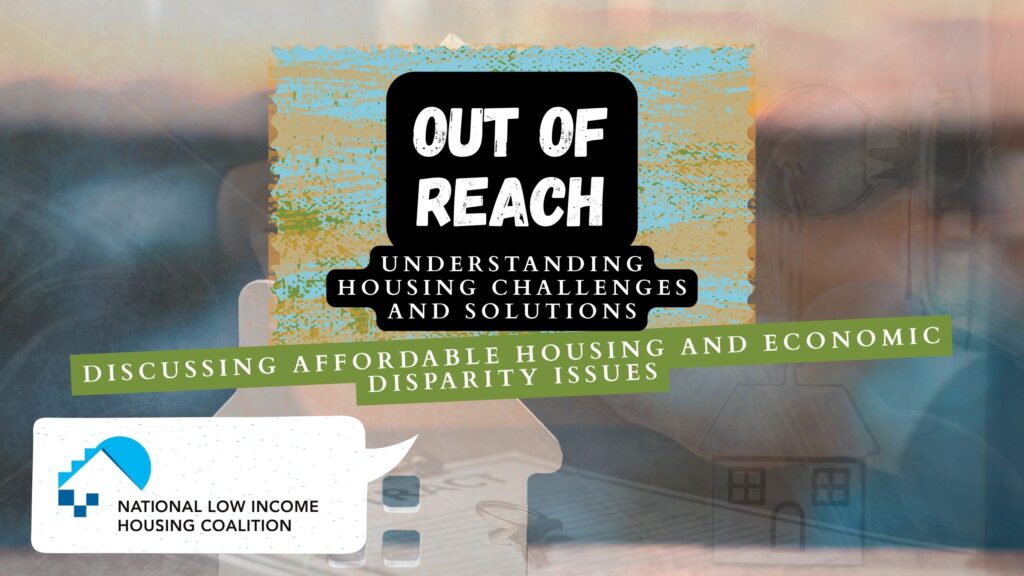
The Hard Math of Housing: What Oregon’s $33.02 Housing Wage Tells Us About Our Economy
A reflection on the 2025 “Out of Reach” report and the fight for economic justice
Each year, the National Low Income Housing Coalition releases its “Out of Reach” report, examining the gap between what people earn and what it costs to rent a modest home across the country. The report’s central finding is the “Housing Wage” – the hourly wage a full-time worker must earn to afford housing without spending more than 30% of their income on rent.
The 2025 report, released in July, shows that Oregon workers need to earn $33.02 per hour to afford a modest two-bedroom rental home. This housing wage is out of reach for many if not most households in Oregon. This is a grave reminder that at the core of our housing crisis is a problem of economic inequity, where housing has effectively become a luxury good in our state—only easily accessible to those with household incomes significantly above the median.
What does this mean day-to-day for many Oregonians? Multiple jobs, long hours, balancing housing stability against every other possible expense, including sometimes access to healthcare and healthy, nutritious foods.
When 40 Hours Isn’t Enough
To put Oregon’s $33.02 housing wage in perspective: workers earning minimum wage would need to work 88 hours per week just to afford housing. This statistic connects directly to one of labor’s most hard-fought victories: the 40-hour work week.
Beginning in the 1800s, workers fought against 70+ hour work weeks, with labor unions leading decades of strikes, organizing, and advocacy. It wasn’t until President Franklin D. Roosevelt signed the Fair Labor Standards Act in 1938—with its protections finalized in 1940—that the 40-hour work week became federal law. The labor movement’s rallying cry was simple: workers deserved time for rest, family, and life beyond the factory floor.
Today’s housing crisis threatens to undo that progress. When Oregonians need to work 88 hours per week at minimum wage just to afford housing, we’re essentially asking them to return to the pre-labor movement era of endless work just to survive.
The Homeownership Pathway
From our work with the Oregon Housing Alliance, we know that a persistent problem causing more and more households to struggle to keep up is the inability to access home ownership. With so many people rent burdened, saving enough money for a down payment becomes more and more difficult. This is despite the fact that these same people’s housing costs could go down as the result of having a mortgage.
We’re proud of our work with the IDA Initiative to help many Oregonians unlock matched savings towards a down-payment, putting ownership within reach. Investing more state resources into down-payment assistance programs like IDAs are one pathway to creating more housing stability and driving down costs. This also would potentially open up units on the rental market, driving down cost-increases for everyone.
Solutions That Match the Scale
We will continue to advocate at every turn for the solutions that we know will work:
- Preserving and building new income-restricted housing for those whose incomes cannot keep up with costs.
- Expanding access to homeownership through initiatives such as Individual Development Accounts (IDAs), down-payment assistance programs, community land trusts, and strategic state investments in the construction of more starter homes.
- Expanding on our state’s landmark rent-stabilization law to ensure rent increases don’t continue to outpace wage growth for existing tenants.
Our state’s housing crisis did not arrive overnight, and we know the solutions can’t either. The fundamental reality of economic inequity in our state and country will take even longer to fix. We must stay vigilant in working both for emergency assistance and stabilization and building the long-term infrastructure to get our housing system working for the average Oregonian again. AND we must do so while also fighting the inequitable economy that makes that work necessary.
A Call to Action
We appreciate everyone in our network who has been with us in the fight whether it’s been for a month or a decade. Together, we can continue to make progress toward our vision of an Oregon where everyone has the ability to not just survive but to truly thrive and realize their value to our collective well-being.
And consider this a call to share this information widely, and remind those in your professional and personal networks that we have work to do.
The labor movement taught us that when working people organize and demand better, change is possible. From the 1886 Haymarket demonstrations to the 1940 Fair Labor Standards Act, progress came through collective action and sustained pressure for justice. Today’s housing crisis demands the same energy, the same organizing, and the same refusal to accept that 88-hour work weeks are the price of shelter.
To learn more about the “Out of Reach 2025” report and find data for your area, visit nlihc.org/oor.
